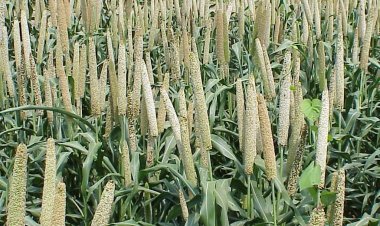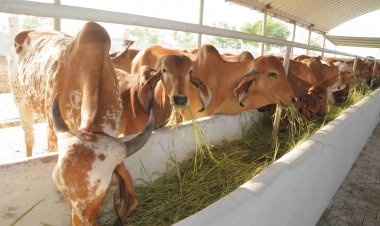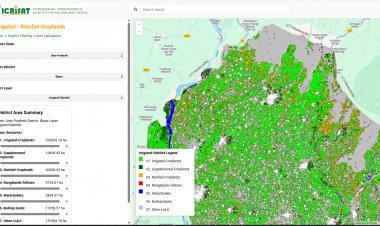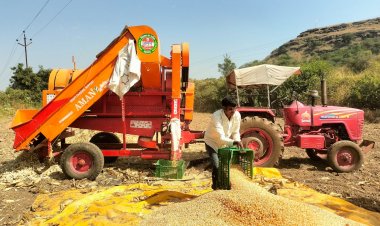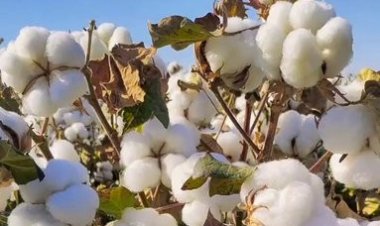Road ahead for farmers disappointed with makhana; sowing to start in Feb
Makhana (fox nuts), full of medicinal properties and beneficial for health, ruined the financial health of makhana farmers last year. An increase in the area sown led to an increase in production. As a result, the makhana gurri (raw makhana) prices nosedived. Makhana, which had sold at Rs 14,000-Rs 18,000 per quintal in 2021, sold for as low as Rs 4,000-Rs 7,000 per quintal. Besides, adverse weather conditions affected its quality, which also contributed to makhana farmers getting lower crop prices in comparison to costs. Farmers who had cultivated the crop for the first time were the worst sufferers.
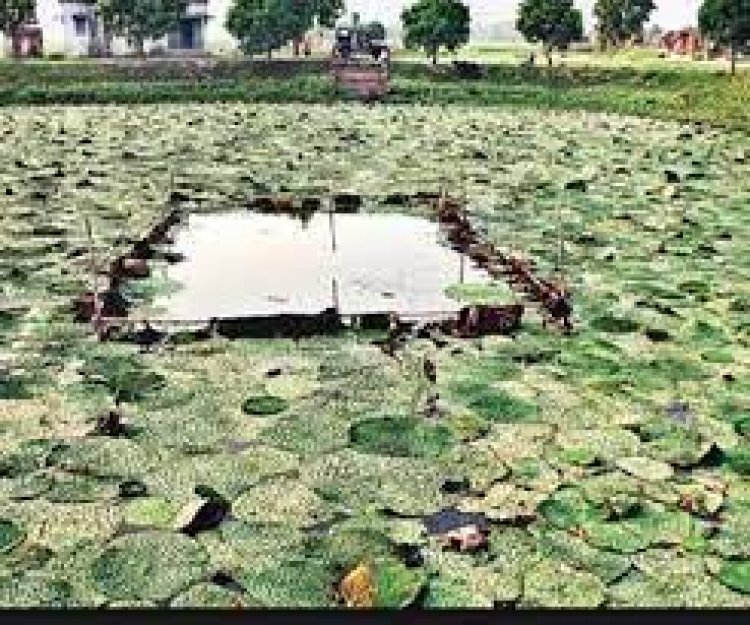
Makhana (fox nuts), full of medicinal properties and nutritious for health, ruined the financial health of makhana farmers last year (2022). An increase in the area sown led to an increase in production. As a result, the makhana gurri (raw makhana) prices nosedived. Makhana, which had sold at Rs 14,000-Rs 18,000 per quintal in 2021, sold for as low as Rs 4,000-Rs 7,000 per quintal. Besides, adverse weather conditions affected its quality, which also contributed to makhana farmers getting lower crop prices in comparison to costs. Farmers who had cultivated the crop for the first time were the worst sufferers. When makhana is cultivated for the first time, the costs are higher on account of digging ponds in the fields, levelling, making embankments and providing irrigation facilities.
Popularly known as “white gold”, makhana is produced mostly — about 90 per cent of the total production — in the districts in the Kosi, Seemanchal and Mithilanchal regions of Bihar. These districts include Katihar, Purnia, Kishanganj, Araria, Saharsa, Supaul, Madhepura, Darbhanga, Madhubani, Sitamarhi and West Champaran. Among these, Purnia is the highest producer. The remaining 10 per cent of the makhanas are produced in West Bengal and Odisha. The makhana-producing districts of Bihar fall in the flood-affected regions. The low-lying fields here remain waterlogged due to rain and flood waters. Farmers cannot take the advantage of producing other crops in these fields. But these are ideally suited for cultivating makhana.
This is why the Government of Bihar has started the Makhana Development Scheme to promote the cultivation and production of makhana in these districts. The central government, too, has the scheme to boost production by developing makhana clusters. As a result of these efforts on the part of the central and state governments, more and more farmers were inspired to cultivate makhana and the crop witnessed unprecedented growth in the area sown in 2022.
But the flip side is that even as the governments focused on the production of makhana, not much thought was given to developing markets for it. The makhana market is dominated completely by local traders. Perhaps this is why an increase in production led to a steep fall in prices and the farmers had to suffer.
The sowing season for the new makhana crop will start in the last week of February and go on up to end-March. What will the farmers who suffered last year do? Says Kanhaiya Kumar Mehta, a makhana farmer from Purnia, “Those loss-making small farmers who either had cultivated makhana for the first time or can grow other crops in their fields have not thought it appropriate to go for makhana this time. They have sown maize in those fields. Maize will be harvested in April or May. Thus, it is certain that they won’t grow makhana this year. Such farmers are large in number in the Purnia district.
“I have been cultivating makhana over 15-20 bighas for the last five years. Most of my fields are on lease. Last year, it was difficult to meet even the lease cost. The lease for 15 bighas expired as soon as the crop was harvested last year. Due to the loss, I didn’t think it wise to extend the lease. Let us see what the rates are this year. I’ll decide to renew the lease in 2024 only on that basis. I’ll sow makhana in only 3-4 bighas this year. That should give you an idea of the area on which makhana will be sown this year.”
Manish Kumar, a makhana trader who handles farm-to-factory, says, “Makhana had not disappointed the farmers until 2022. They don’t call it ‘white gold’ for nothing. Thousands of farmers in the district have prospered through makhana farming. Other farmers saw this and were also inspired.
“The loss this year was due to over-production and unavailability of market in that proportion. Besides, makhana is a crop that farmers can’t stock, because they lack resources for this. This is a reason makhana traders take advantage of and stock the crop after buying it at low prices. Later, when the season ends, they reap high profits by selling it at high prices. Thanks to over-production, traders got more of such opportunities last year.
“If farmers cultivate makhana by forming cooperatives or FPOs (Farmer Producer Organizations) instead of simply copying others, traders won’t be able to hold them to ransom. Besides, they will also get other advantages.”
Navin Munna, another farmer from the district, says, “Only farming can compensate losses arising from farming. When farmers suffer losses in other crops due to poor rates, do they give up? True, we had to face difficulties last year. But we can hope for prices to surge this year because the farmers whose fields were not waterlogged but who had dug ponds for makhana cultivation to benefit from high prices, have sown maize in these fields. Thus, there will be a natural reduction in the area sown.
“Conventional crops do not lead to profits anymore. This was why farmers had been inspired by makhana, but they had to suffer losses here, too. This has disappointed them. Most of them are small farmers. They may turn towards makhana once again next year, though not this year.
“Some of the farmers have sown potatoes in those fields. When potatoes are harvested in February, they can cultivate makhana once again. Potato prices are also in a bad shape. Thus, they will have no option other than cultivating makhana.
“As far as I am concerned, it is only for the last two years that I have cultivated in fields that remained waterlogged. Nothing but paddy can be grown in those fields. So, it is better to grow makhana. Certainly, there will be a substantial reduction in sowing in comparison to last year.”



 Join the RuralVoice whatsapp group
Join the RuralVoice whatsapp group



















